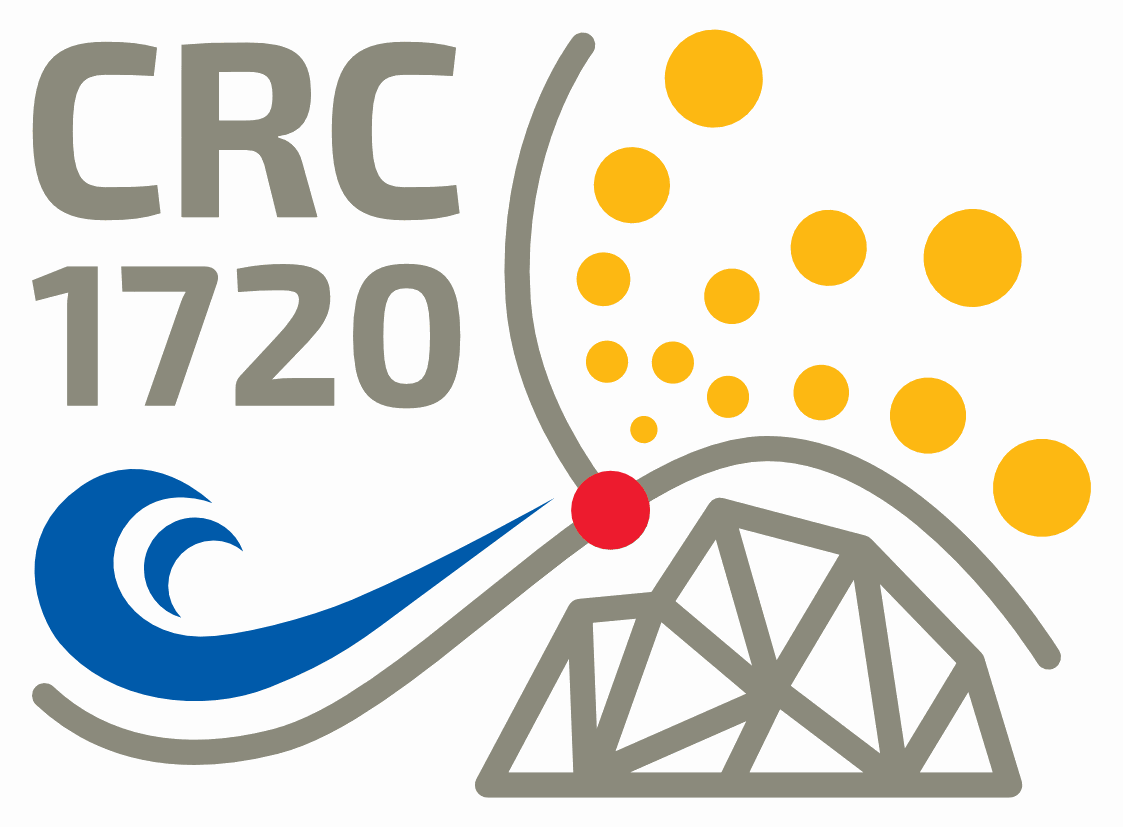How can simple rules give rise to surprisingly complex patterns, as observed in crystal growth, tissue structure and in the properties of modern materials? In many cases, the answer lies in a special condition known as 'criticality'. This is a state in which systems react extremely sensitively, and even the slightest influences trigger major changes.
The mathematicians involved in the new Collaborative Research Center CRC 1720, ‘Analysis of Criticality: from Complex Phenomena to Models and Estimates’, are working to gain a better understanding of the mathematical structures underlying states of criticality, thereby paving the way for more accurate simulations and for new applications in engineering and the natural sciences.
“Criticality often occurs in systems in which several processes occur simultaneously and on a variety of different scales – and influence each other,” explains Angkana Rüland from the Institute of Applied Mathematics at the University of Bonn. “This complexity leads to singular structures, strong interactions and intriguing phase transitions between different states. Classical mathematical methods often reach their limits at states of criticality.”
To move forward, the researchers at the CRC are pursuing an approach that combines different mathematical perspectives and sub-disciplines. The research team is investigating models in which strong interactions across many different scales lead to complex patterns, such as those found in biological or physical systems. Another area of interest is identifying key properties that define critical systems and filtering them out from a multitude of competing effects. As many questions in this field are difficult to mathematically grasp, new tools are being developed to enable the systematic analysis of so-called 'ill-posed problems'.

